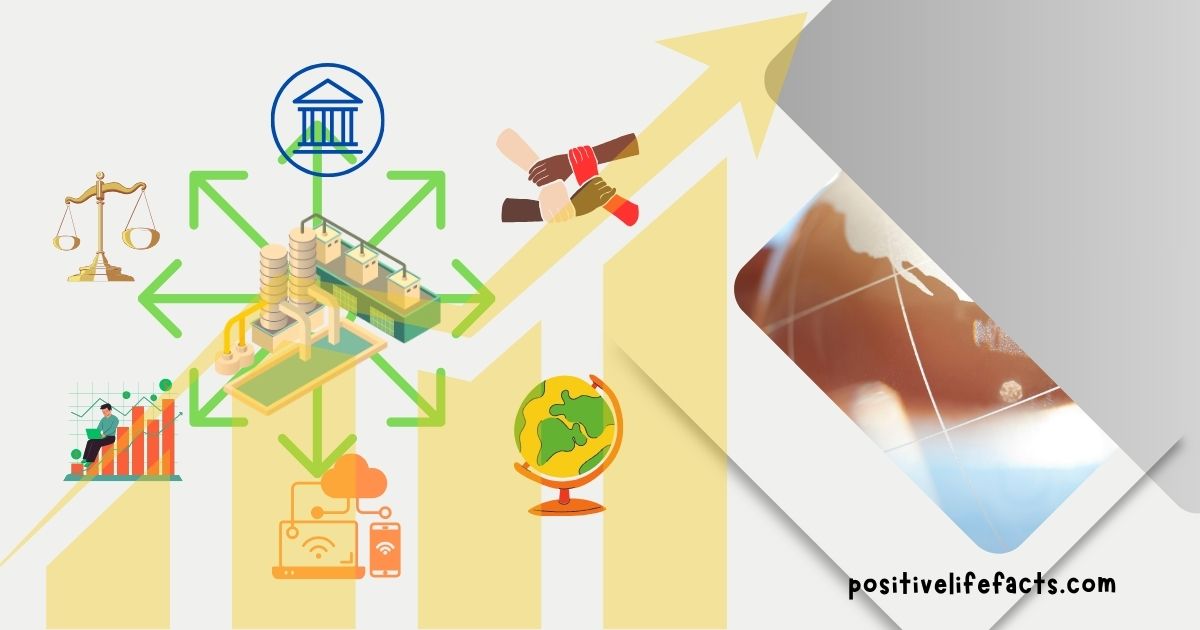Last updated on August 24th, 2024 at 06:34 am
Learn why understanding the business environment is crucial for entrepreneurs. Explore different environments, their impact, and strategies for success.In the fast-paced world of business, entrepreneurs must navigate a complex landscape of economic, political, and social factors. Understanding the business environment is not just a strategic advantage—it is a necessity for long-term success. This article explores the critical aspects of the business environment and highlights why entrepreneurs must pay attention to these elements to thrive in today’s competitive markets.
“Some of the links in this post are affiliate links. ‘As an Amazon Associate I earn from qualifying purchase.’ This means if you click on the link and purchased the item. I will receive an affiliate commission at no extra cost to you. All opinions remain my own.”
Understanding the Business Environment
The business environment comprises various external and internal factors that influence an organization’s operations. These factors can be broadly categorized into the macro environment, which includes large-scale influences like economic trends and political changes, and the micro environment, which pertains to immediate, smaller-scale factors such as competitors, customers, and suppliers.
Entrepreneurs must adopt a continuous learning mindset to stay updated with these dynamics. This proactive approach allows them to anticipate changes and adapt their strategies accordingly, ensuring they remain competitive and relevant.
Types of Business Environments
Economic Environment
The economic environment plays a pivotal role in shaping business operations. It includes economic indicators such as inflation rates, interest rates, and employment levels. Understanding these indicators helps entrepreneurs make informed decisions about pricing, investment, and resource allocation. For instance, during periods of high inflation, entrepreneurs might need to adjust their pricing strategies to maintain profitability.
Market conditions and the dynamics of supply and demand also significantly influence the economic environment. Entrepreneurs who can accurately gauge market demand and align their offerings accordingly can capture greater market share and drive business growth.
Political and Legal Environment
Government policies, regulatory frameworks, and legal compliance are integral parts of the political and legal environment. Entrepreneurs must navigate these elements to ensure their business operations align with current laws and regulations. For example, changes in tax policies or labor laws can directly impact a business’s bottom line and operational procedures.
Legal compliance is not just about adhering to the law; it also involves understanding the broader implications of these regulations on business strategy and day-to-day operations. Entrepreneurs who proactively engage with policy changes can mitigate risks and identify new opportunities.
Socio-cultural Environment
The socio-cultural environment encompasses the cultural values, beliefs, and behaviors of the target market. Entrepreneurs need to be aware of shifts in consumer behavior and preferences to tailor their products and services effectively. This environment also includes demographic changes, such as population growth, age distribution, and urbanization trends.
By understanding the socio-cultural landscape, entrepreneurs can develop marketing strategies that resonate with their audience. For example, a growing emphasis on sustainability and ethical consumption has led many businesses to adopt eco-friendly practices and transparent supply chains.
Technological Environment
Technological advancements are transforming the business landscape at an unprecedented pace. Entrepreneurs must keep up with these developments to remain competitive. Investing in research and development (R&D) and embracing innovation can help businesses stay ahead of the curve.
The impact of technology extends beyond product development; it also affects how businesses operate and engage with customers. For instance, the rise of e-commerce and digital marketing has opened new channels for businesses to reach their audience and expand their market presence.
Competitive Environment
Understanding the competitive environment is crucial for any business. Entrepreneurs need to analyze their competitors’ strategies, strengths, and weaknesses to position their offerings effectively. This analysis helps in identifying gaps in the market and developing unique value propositions that set the business apart.
Global Environment
In an era of globalization, businesses are increasingly affected by international trade, global economic trends, and cross-cultural management challenges. Entrepreneurs must consider these factors when expanding their operations globally or dealing with international partners. Understanding the global environment can help businesses capitalize on international opportunities and navigate cross-border complexities.
Expert Insights
Experts in the field emphasize the importance of understanding the business environment as a foundation for success. Business leaders highlight the role of adaptability and strategic planning in navigating the ever-changing business landscape.
Future Outlook
The business environment is continually evolving, with emerging trends such as sustainability, digital transformation, and the gig economy reshaping the way businesses operate. Entrepreneurs must stay ahead of these trends to remain relevant and competitive.
Practical Applications
For entrepreneurs, understanding the business environment translates into developing strategies that align with current market conditions and consumer expectations. Implementing these strategies requires a thorough analysis of internal capabilities and external opportunities.
In summary, understanding the business environment is a fundamental requirement for entrepreneurs seeking to achieve long-term success. By staying informed and adaptable, businesses can identify opportunities, mitigate risks, and develop strategies that align with the changing landscape. As the business environment continues to evolve, entrepreneurs who prioritize understanding these dynamics will be well-positioned to thrive in the competitive world of business.
[WPSM_AC id=1645]

